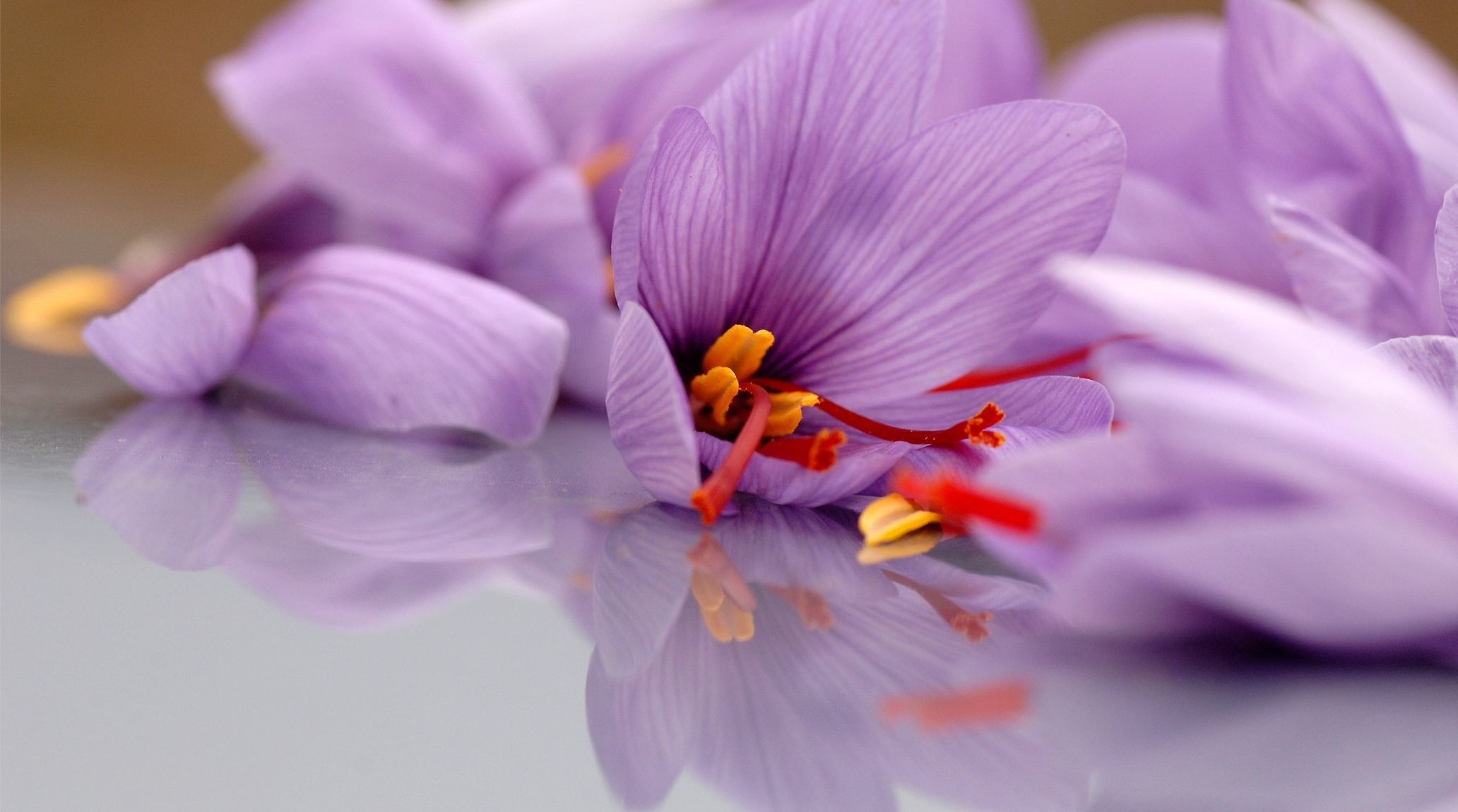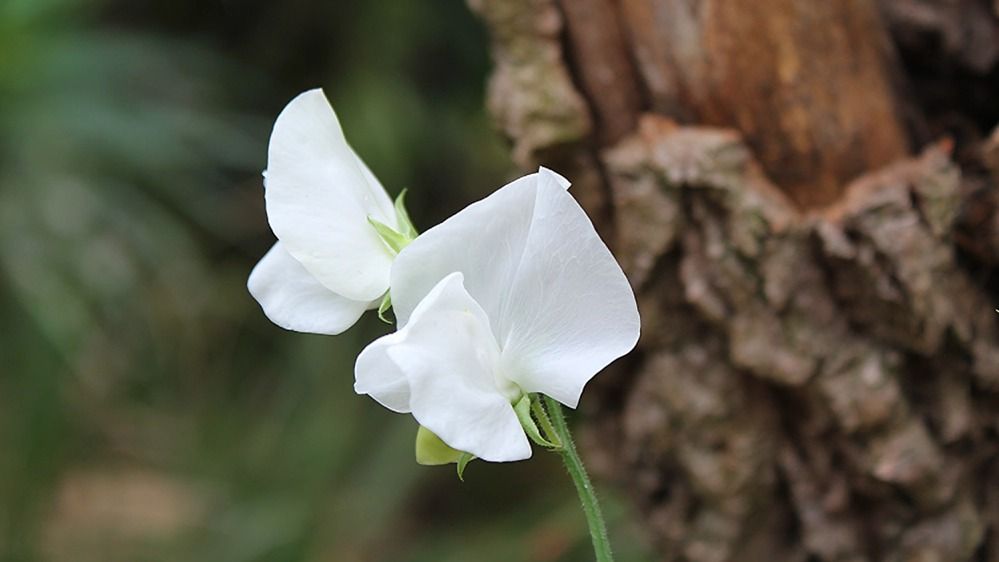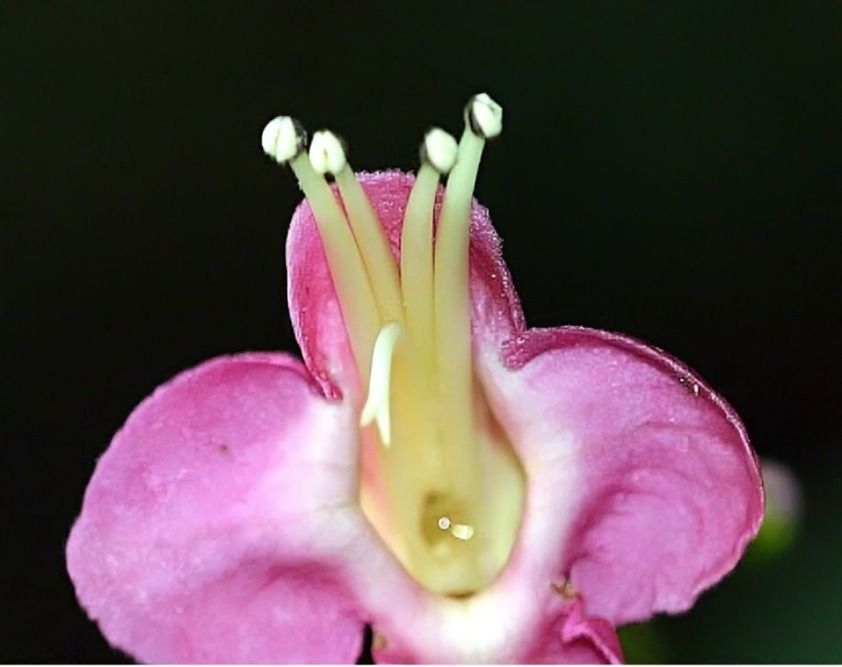
“
Stamens, the male reproductive organs of flowers, are fascinating and complex structures. They play a crucial role in plant reproduction, producing pollen and facilitating pollination. In this blog, we delve into 20 interesting facts about stamens that highlight their importance and diversity in the plant kingdom.1
1
”
The stamen is the male reproductive organ of a flower and plays a crucial role in the plant's reproduction process by producing pollen. This pollen is necessary for fertilizing the female ovules, leading to seed formation and continuation of the plant. 1
In lilies, there are typically six stamens arranged in a circle around the pistil, which is the female reproductive organ. These stamens play a crucial role in pollination, ensuring the transfer of pollen to other flowers for successful reproduction.2
In the China rose, the filaments are fused in a bundle around the style, while the anthers remain unbound and encircle the stigma. This unique arrangement makes the China rose a monadelphous plant. 3
The anther is the part of the stamen that produces and contains pollen. When the anther splits open, pollen grains, which are essential for plant reproduction, are released, ready to be transferred to the pistil. 4

Pea (Pisum sativum) flowers exhibit a diadelphous condition of stamens. This means that the stamens are arranged to form two bundles: one with 9 fused stamens and another with 1 free stamen.
The number of stamens in a flower can vary widely, from just one to hundreds. This variation is often dependent on the species of the plant and its specific pollination strategies, influencing its reproductive success. 5
Oranges, lemons, and other citrus plants, anthers (pollen sacs) are attached to each other, forming a single ring-like structure around the pistil.This arrangement helps facilitate the transfer of pollen to the pistil during the process of pollination. 6
In Bottlebrush, all the filaments combine to form a single tube-like structure surrounding the pistil. It’s a beautiful example of stamen fusion. 7
Anthers of stamen release pollen through a process called dehiscence, where the anther splits open. This mechanism ensures that pollen is effectively distributed for successful fertilization of the ovules.8
Phalaenopsis and Vanda typically have only one main flower spike, and all growth—including leaves, flower spikes, and roots—sprouts from this single stem. 9
Most rose types have at least five stamens within a single flower, but many have even more. Interestingly, the total number of stamens in a rose flower is always a multiple of five. 10
Under a microscope, pollen grains have distinctive shapes and patterns unique to each plant species. These intricate designs aid in species identification and reveal the complex nature of pollination strategies. 11

Flowers with didynamous stamens have two long and two short stamens. This arrangement can enhance the flower's ability to attract and utilize pollinators, improving the chances of successful pollination.
Tetradynamous stamens consist of four long and two short stamens. This specific configuration is commonly seen in plants of the mustard family, showcasing evolutionary adaptations for pollination. 12
In some plants, stamens are attached to the petals, a condition known as epipetalous stamens. This attachment can improve the flower's structural integrity and attractiveness to pollinators, aiding in reproductive processes. 13
Some plants lack stamens altogether. These are called incomplete flowers. In an incomplete flower, either the stamens or the carpels are missing. For example, holly, corn, squash, and grasses. 14
Heteranthery is a condition where flowers have two or more types of stamens that produce different kinds of pollen. This diversity can increase the chances of successful pollination and enhance genetic variability. 15
Many flowers with prominent stamens are adapted for insect pollination. The structure and positioning of the stamens facilitate easy access for insects, aiding in pollen transfer and ensuring reproductive success. 16
Some plants have stamens adapted for wind pollination, producing lightweight pollen. This adaptation allows pollen to be carried by the wind over long distances, increasing the chances of fertilization. 17
Stamens in bird-pollinated flowers often produce copious amounts of pollen. These flowers are typically brightly colored and produce large amounts of nectar to attract birds, facilitating effective pollen transfer. 18


